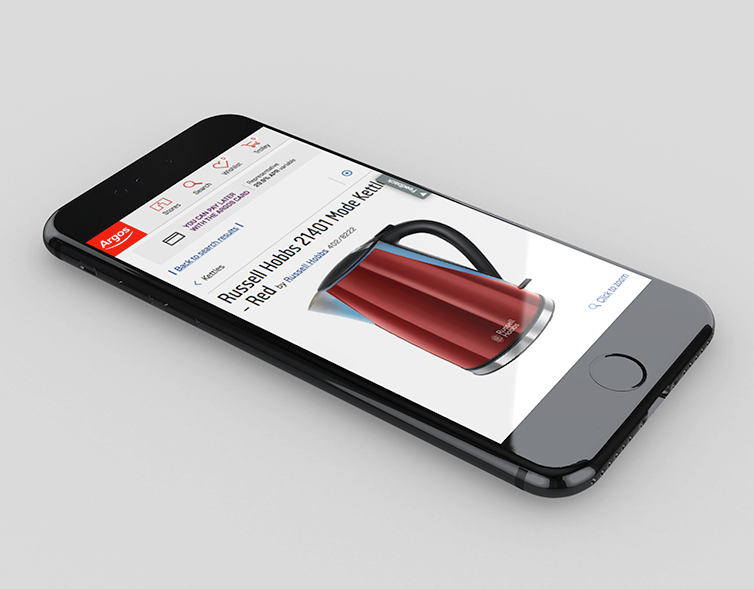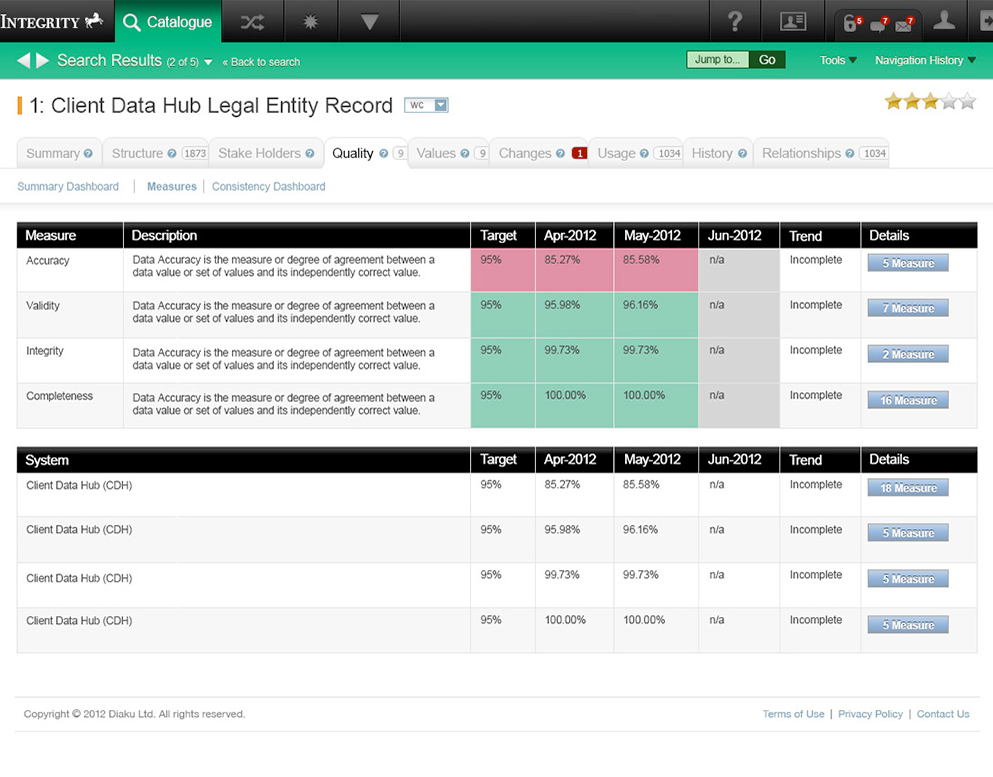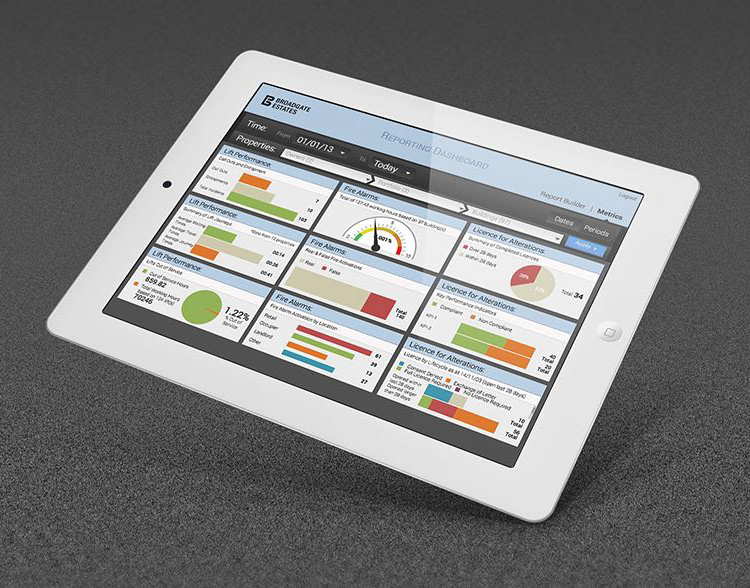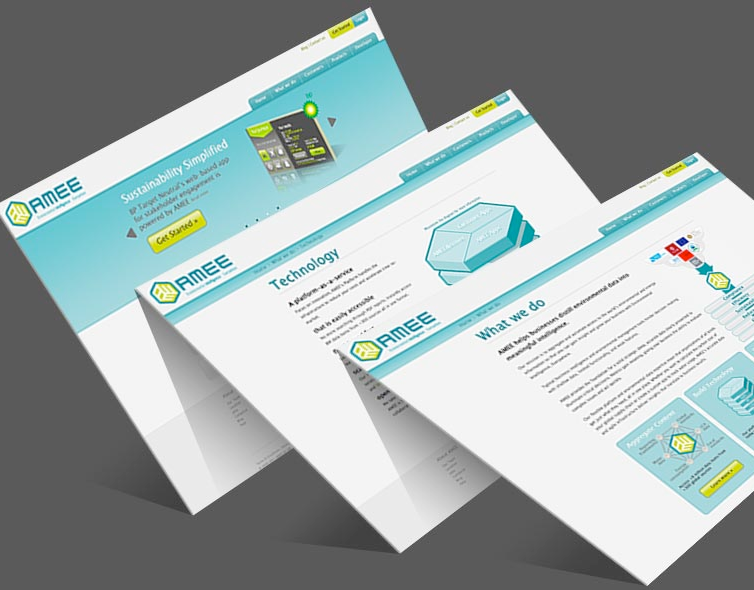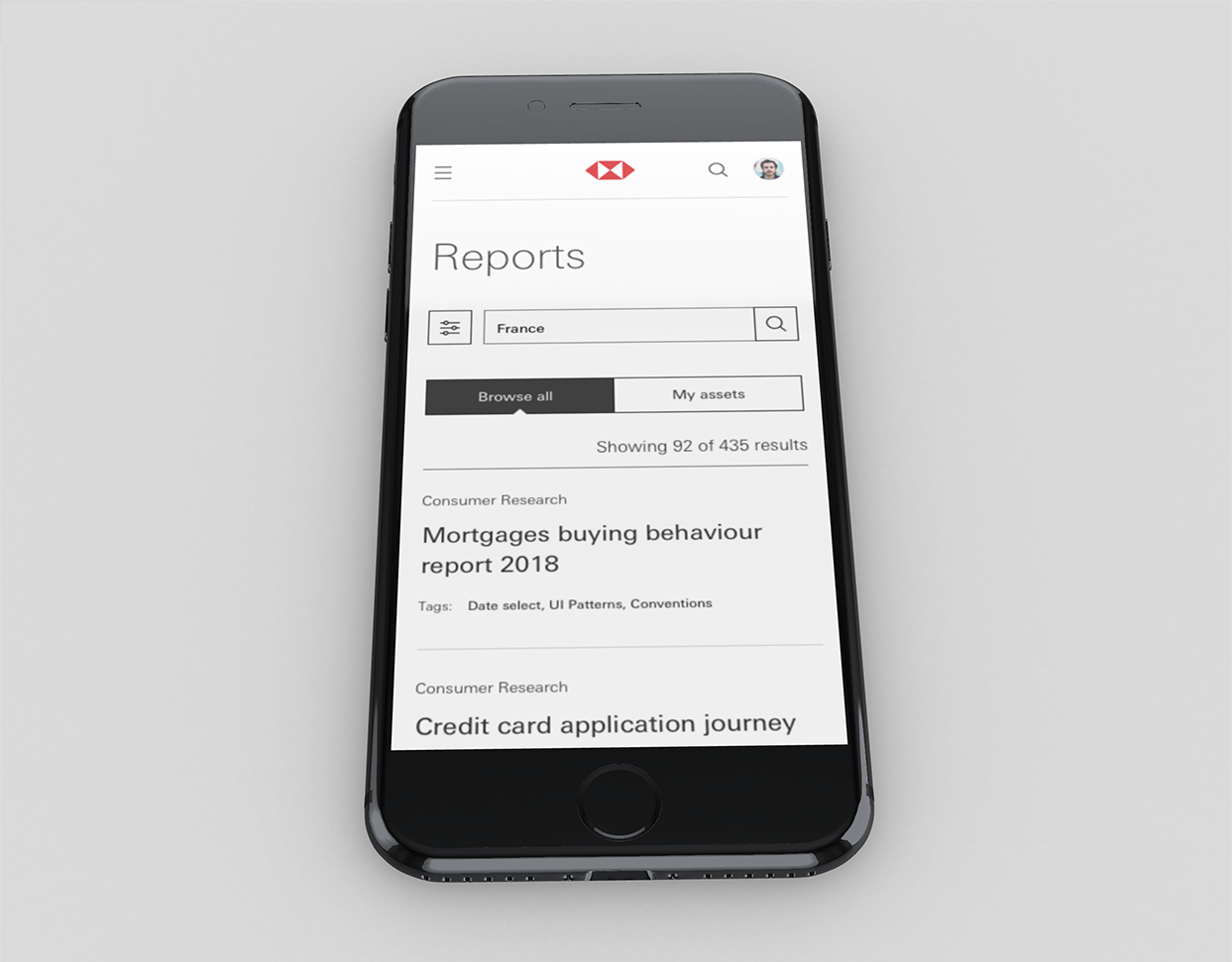Team:
Lead UX/CX Designer (me), PO, Scrum Master, Process Analysis, Business Analysis, SMEs
Software Used:
Adobe XD, Photoshop, Powerpoint, Marvel.
Brief:
I was charged with helping the Customer Experience team broaden their knowledge about CX and UX Design from an international perspective. The Design-Sprint methodology was used to research, diverge, ideate, prototype, test, and present our solutions.
Involvement:
I was sent to help them learn about CX and UX Design from an international perspective. Using Design-Sprint methodology, to research, diverge, ideate, prototype, test, and present our solutions.
Lead UX/CX Designer (me), PO, Scrum Master, Process Analysis, Business Analysis, SMEs
Software Used:
Adobe XD, Photoshop, Powerpoint, Marvel.
Brief:
I was charged with helping the Customer Experience team broaden their knowledge about CX and UX Design from an international perspective. The Design-Sprint methodology was used to research, diverge, ideate, prototype, test, and present our solutions.
Involvement:
I was sent to help them learn about CX and UX Design from an international perspective. Using Design-Sprint methodology, to research, diverge, ideate, prototype, test, and present our solutions.
Design Sprinting
We worked to a continuous ten day sprint based on the Google Design Sprint methodology.
Our mission was to improve the customer's experience and the businesses efficiency within all the touchpoints of the business. This included web sites, customer service, apps, kiosks, ATMs, in-branch printed material, business processes, and core systems.
Day 1-3 Research
Vital to each sprint was the research phase. This informed us on where the pain points were, and therefore what we needed to work on.
Typical methods of research included:
- Customer guerrilla face-to-face questionnaires
- Staff guerrilla face-to-face questionnaires
- In-branch observing
- Online competitor analysis
- Branch competitor analysis investigations
- International benchmarking
- Lightening talks with SMEs
(Guerilla questions)
(Creating Personas)
Day 4 - Understanding
Once we had completed the research, we then had to analyse and understand all the raw data we collected.
This included:
- Identifying Roles
- Mapping out User Journeys
- Outputting metrics from questionnaires
- Collating anecdotes from interviews
- Identifying Pain Points
- Identifying Wish Lists
- Identifying back-end systems required
- Understanding budgetery and timing limitations
(Customer Journey mapping)
(User Flow mapping)
Day 5 - Define
On day 5 we defined what exactly we would work on for this sprint. We did this by placing all the pain points collected onto a Prioritisation Matrix. The items that fell within the High Impact/Easy Effort square were the ones that we paid particular attention to.
As a group, we then voted on the pain points within the square that we thought should be looked at for this Sprint. We then voted using sticky dots with the 'decider' making the final decision.
Day 6 - Diverge
On this day we worked on solutions to the pain points we prioritised in the previous day. Firstly we each sketched fast 'Crazy-8' solutions to the pain point. We then voted on them and took the best bits from each to create a final sketch.
We also worked on a User Journey for this final solution.
Day 7 - Prototype
During this day we produced prototypes to be used to test our solutions.
Often these were digital, clickable prototypes created in Marvel or Adobe XD. However, sometimes they were new business processes, or designs for more helpful in-branch signage.
Day 8 - Test & Validate
Once the prototype was finalised, we needed to test and validate it. To do this we generally showed it to the end users, then asked them pertinent questions using Survey Gizmo to validate/invalidate our concept. We then output the metrics generated for the next day.
Day 9 - Document
During this day, we documented what we did during this sprint, what our research found, what we prototyped, and what was the feedback we received - good and bad. We tried to back up all our research with data and metrics.
Day 10 - Sprint Review
We then presented all these findings to our sponsors and other interested parties. They gave us their feedback and questions on our findings and solutions.
Sprint Retrospective
When the sprint was completed, the team got together and discussed what went well, what could have been done better. We endeavoured to implement any improvements to the next sprint.

